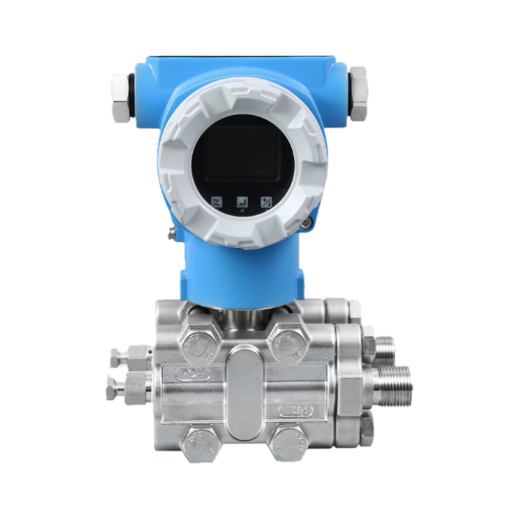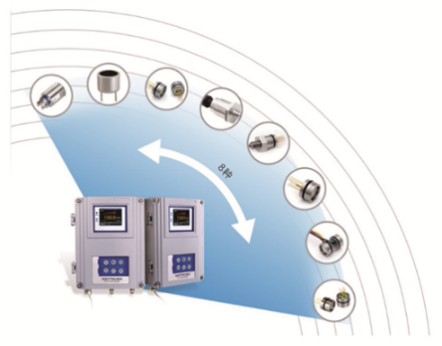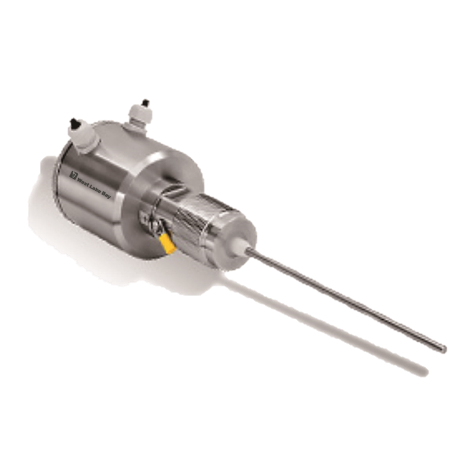Recently, the relevant person in charge of my country's Atomic Energy Agency said that we have mastered the fourth-generation nuclear power technology, which is the high-temperature gas-cooled reactor technology. This technology is independently developed by my country, and the localization rate of equipment has reached 93.4%. The nuclear power plant in Shandong has been built and is generating electricity. This nuclear power plant is the Shandong Shidaowan High Temperature Gas-cooled Reactor Nuclear Power Plant Demonstration Project, which is also known as the world's first "non-meltdown nuclear reactor".

Hearing "a nuclear reactor that won't melt down", I believe many people can't believe it. As a clean energy, nuclear energy has always been favored by many countries in the world. However, due to the particularity of nuclear reactors, how to use nuclear energy safely and avoid nuclear leakage accidents has always been the focus of research in various countries. Humans have experienced many large-scale nuclear leakage accidents before, such as the serious nuclear leakage accident at the Chernobyl nuclear power plant in 1986, which resulted in 33 deaths, more than 300 people were severely irradiated, 280,000 residents were affected, and the direct economic losses reached 2.9 billion US dollars has caused irreversible effects on the local environment and organisms. Such a heavy consequence is something that no country wants to face. Therefore, nuclear safety is the top priority of nuclear energy utilization.

my country's nuclear power technology started relatively late. Out of the emphasis on national safety, my country's nuclear power technology is safety-oriented, down-to-earth, and developed step by step. In the research and development of nuclear power technology for more than ten years, we are not eager to expand the scale, but focus on After studying the safety issues of nuclear power plants, after more than 30 years of hard work by several generations, they finally broke through the problems of nuclear power safety. Led by Tsinghua University, they successfully developed a "Nuclear Reactor that will not melt down", using a variety of technologies to automatically cool down the nuclear reactor during operation, completely avoiding the nuclear reactor because of High-temperature meltdown caused a nuclear leakage accident, so how did our country do it?

In the past, almost all the nuclear power plant leakage accidents in the world were due to the high temperature meltdown of nuclear reactors, which led to the leakage of radioactive materials. However, this technology in my country monitors the temperature and working conditions of the reactors through various measures. Once a problem occurs, the high temperature reactor core will be instantly discharged. Cooling in cold water will not cause meltdown. Shidaowan Nuclear Power Plant uses this technology to hand over the safety process to program control to realize automation. Only a small amount of manpower is required to monitor the normal operation of the machine. Foreign countries believe that this is an inherently safe nuclear energy system, reaching the highest level of nuclear energy safety in the world today.

So why is this technology inherently safe? First, the nuclear reactor adopts a modular design, splitting a large reactor into several small modules, each of which is a small reactor that operates independently. Generally speaking, after the nuclear reactor stops working, the fission products will continue to decay and generate a lot of waste heat. If the nuclear reactor is not cooled in time after the nuclear reactor stops working, the shell of the nuclear reactor will be melted by high temperature, resulting in the leakage of radioactive materials. Japan's Fukushima Daiichi This is how the nuclear power plant leaked in the first place. The earthquake caused the nuclear reactor to fail, and the failure to cool it down in time had serious consequences. The modular design can avoid this problem. The power of each small reactor is lower, and the waste heat generated after stopping work is less, which can be quickly exported through heat conduction and other methods, ensuring the inherent safety of nuclear power plants.






 QQ客服
QQ客服
